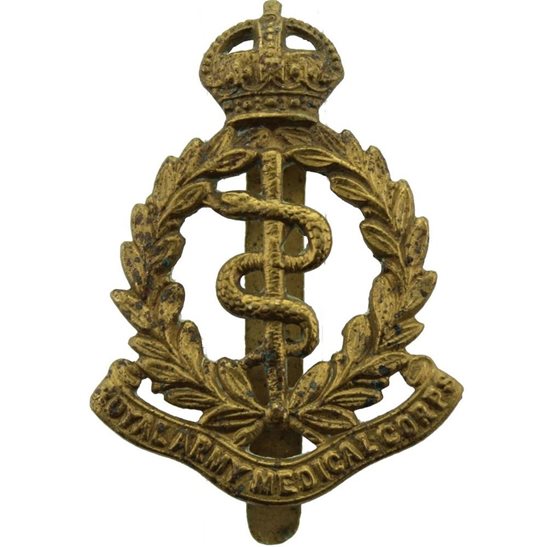Personal Details
Born: 18 March 1891 in Newington, London and baptised 27 September 1891 at St. Mary`s Parish Church, Newington, Southwark.
Family: He was eldest of 3 children born to Ralph Henry Burgess, a silk mercer and tailor, and his wife Martha Peabody Burgess (nee Harris). He married Mabel Emma Wardle 19 July 1917 at Bronington Parish Church, Flintshire, Wales. The couple had one son Philip G. born 1920 in Warwickshire.
Residence: At the time of his baptism the address for Norman`s family was given as 33 Faunce Street, Newington, London. On the 1901 and 1911 Censuses he was living with his grandmother at 23 St. Mary`s Street, Whitchurch, Shropshire. This was also the address stated on the Autumn 1919 Absent Voters List for Whitchurch. By 1939 his residence was The Croft, Somerford Road, Christchurch, Hampshire. On the National Probate Register for 1974 his address was 16 Rook Hill Road, Friars Cliff, Christchurch.
Employment: In 1911 Norman was an apprentice chemist and in 1939 a chemist.
Died: 26 December 1974, in Christchurch, Dorset, aged 83.
Military Details
Regiment: Royal Army Medical Corps
Rank: Corporal
Service Number: 448936
Date of Enlistment: Not known
Date of Discharge: Not known
Reason for Discharge: Demobilisation
Norman was awarded the Campaign Medals (British War Medal, and Victory Medal).

The British War Medal (also known as 'Squeak') was a silver or bronze medal awarded to officers and men of the British and Imperial Forces who either entered a theatre of war or entered service overseas between 5th August 1914 and 11th November 1918 inclusive. This was later extended to services in Russia, Siberia and some other areas in 1919 and 1920. Approximately 6.5 million British War Medals were issued. Approximately 6.4 million of these were the silver versions of this medal. Around 110,000 of a bronze version were issued mainly to Chinese, Maltese and Indian Labour Corps. The front (obv or obverse) of the medal depicts the head of George V. The recipient's service number, rank, name and unit was impressed on the rim.
The Allied Victory Medal (also known as 'Wilfred') was issued by each of the allies. It was decided that each of the allies should each issue their own bronze victory medal with a similar design, similar equivalent wording and identical ribbon. The British medal was designed by W. McMillan. The front depicts a winged classical figure representing victory. Approximately 5.7 million victory medals were issued. Interestingly, eligibility for this medal was more restrictive and not everyone who received the British War Medal ('Squeak') also received the Victory Medal ('Wilfred'). However, in general, all recipients of 'Wilfred' also received 'Squeak' and all recipients of The 1914 Star or The 1914/1915 Star (also known as 'Pip') also received both 'Squeak' and 'Wilfred'. The recipient's service number, rank, name and unit was impressed on the rim.

